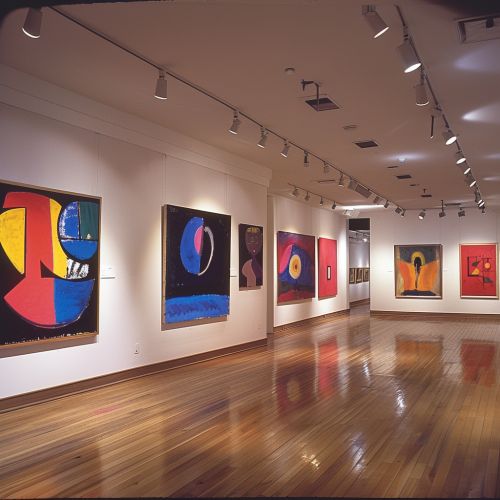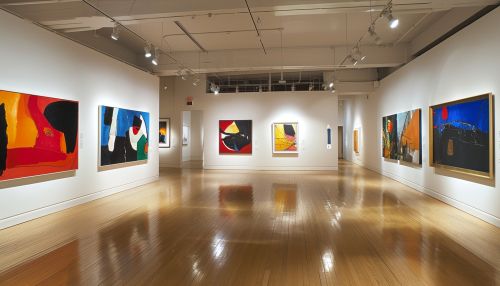Robert Motherwell
Early Life and Education
Robert Motherwell was born on January 24, 1915, in Aberdeen, Washington. He was the oldest of three brothers and was raised in a conservative and wealthy family. His father, Robert Burns Motherwell, was a bank president, and his mother, Margaret Hogan Motherwell, was a homemaker.
Motherwell received his early education from the prestigious Stanford University, where he earned a BA in philosophy in 1937. During his time at Stanford, he developed an interest in European modernism, which would later influence his art.
In 1938, Motherwell decided to pursue his passion for art and enrolled at Harvard University to study art history. However, his studies were interrupted by a trip to Europe in 1939. This trip had a profound impact on Motherwell, exposing him to the works of the Surrealist and Dadaist movements, which would later influence his artistic style.
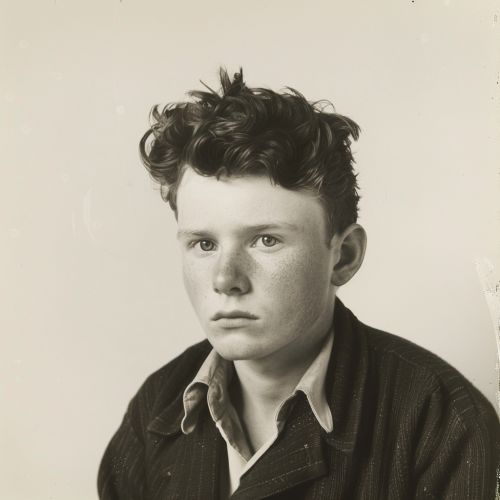
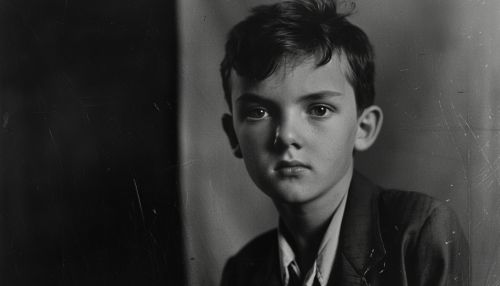
Career and Artistic Style
Upon returning to the United States in 1940, Motherwell settled in New York City and began his career as an artist. He quickly became associated with the Abstract Expressionist movement, a group of artists that included Jackson Pollock, Mark Rothko, and Willem de Kooning.
Motherwell's work is characterized by his use of large, flat areas of color, often in stark contrast with each other. His most famous series, the "Elegies to the Spanish Republic," is a prime example of this style. The series, which Motherwell worked on for over three decades, consists of over 150 paintings, all featuring bold black shapes against a white background, symbolizing the tragedy of the Spanish Civil War.
In addition to painting, Motherwell was also a prolific writer and lecturer. He taught at various institutions, including Hunter College and Pratt Institute, and his writings on art theory and criticism have been widely published.
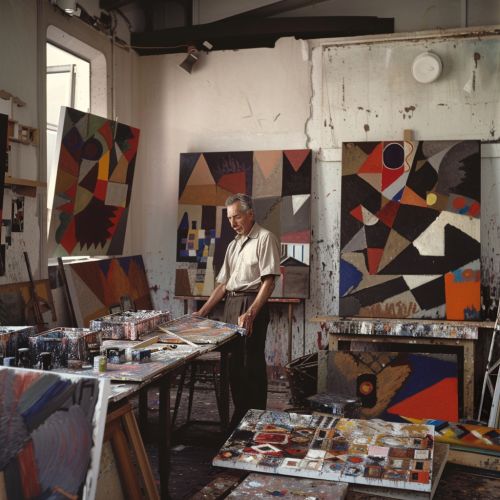
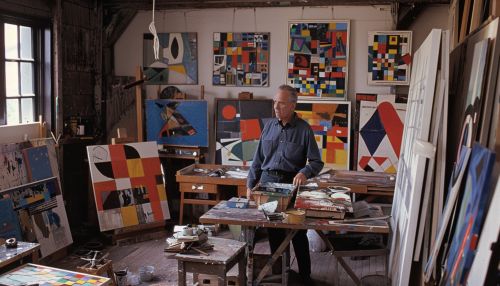
Legacy and Influence
Motherwell passed away on July 16, 1991, but his influence on the art world continues to be felt. His work is held in major collections worldwide, including the Museum of Modern Art in New York, the Tate Modern in London, and the Centre Pompidou in Paris.
His contributions to the Abstract Expressionist movement have been widely recognized, and he is often credited with helping to shape the course of American art in the mid-20th century. His writings and teachings have also had a significant impact, influencing generations of artists and art theorists.
